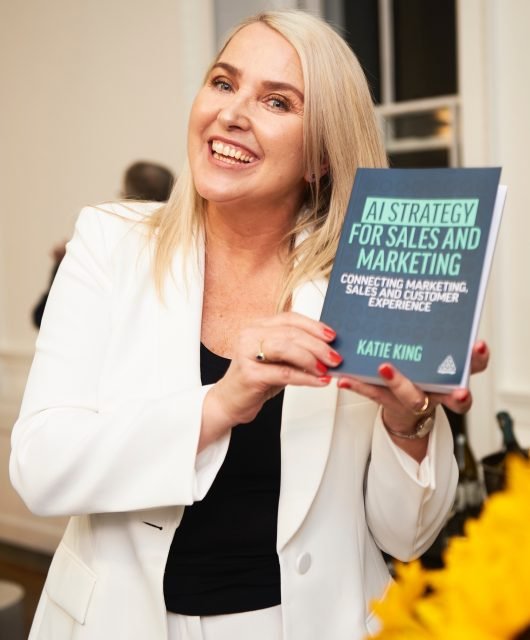Game Changers Make Everybody Win
The arrival of social networks has changed the rules of the game, before consumers, easily influenced, were persuaded by brands to do what they wanted, buy, participate, give data etc. Today it is the consumer who has the power with the brands as they are the ones that express their agreement or disagreement with the different actions that they take. This consumer, a more intelligent one, has made brands reinvent themselves asking for a more intimate and transparent approach.
We have seen such examples in the United Airlines mistreatment of a passenger, in the past almost no one, other than the passengers and their friends found out about issues concerning a brand, today a post is enough to ensure the brand is in the public scrutiny. Another example is with the local brand State Street Global Advisors and the “fearless girl” a women’s empowerment campaign in the US, that achieved worldwide recognition and respect from colleagues, media and the public.
United Airlines passenger kicked off flight after buying cello seat
This trend should lead us to think about how to make brands part of the social reality of the countries in which they operate, in a more positive and a innovative way, but not limited to social responsibility actions rather from the marketing investment perspective.
In third world countries, for example, governments don´t have the capability of covering all the basic needs of the population, and therefore there are deficiencies that cannot be covered, such as education, health, entertainment, communications, etc. If brands are successful in these types of markets, they could and should generate strategies aimed at selling their products with a contribution to the improvement of the living conditions of the societies that they affect.
A brand that does this quite well is Carrefour, with the France Black Market strategy that not only managed to improve corporate image and growth its sales, but also inspired a law which benefited hundreds of farmers in the country.
It´s important not to confuse the concept of social responsibility and share value marketing. One thing is for companies to participate in social responsibility, which should be a non-profit effort and does not directly impact the company or business. Share value actions seeks to bring brands and their commercial reality closer to their consumers through actions that are directly related to the nature of the business, of the product, or that benefit their consumers.
Social progress and economy issues are not separated, on the contrary, any business must be able to be successful and contribute to social issues, brands need to be able to connect the needs of the business with those of the social environment.
Here the issue are companies themselves, as they remain trapped in an obsolete and limited view to the creation of value.
Why would companies ignore the welfare of their customers? The depletion of natural resources vital to their business? The viability of suppliers and the economic anguish of the communities in which they produce and sell?
It should not be about becoming non-profits, it is clear that brands are businesses, it’s about focusing their marketing actions on the reality of the country and its consumers, looking for opportunities that improve living conditions while relating directly to the product / brand, generating company retribution while creating positive social results.
Using this strategy the actions taken and their possible virilization would achieve a better result, as these would gain higher credibility with social backing then a traditional marketing campaign, obtaining high reach in free press on and off line, without greater investments in traditional approaches.
This last point is very much in line with global trends of consumers trying to avoid being bombarded with conventional advertising such as TV and radio spots, banners or press and magazine ads. The consumer is avidly searches for content, they are eager for relevant information and the brands that really know their consumers know this, but yet we still invest 80% of the budgets in what the consumer don´t want.





